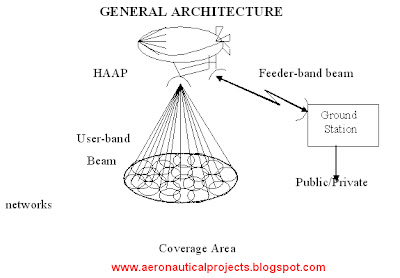APPLICATION OF REDUCED ORDER MODELING TECHNIQUES TO PROBLEMS IN HEATCONDUCTION, ISOELECTRIC FOCUSING AND DIFFERENTIAL ALGEBRAIC EQUATIONS
Abstract: This thesis focuses on applying and augmenting `Reduced Order Modeling' (ROM) techniques to large scale problems. ROM refers to the set of mathematical techniques that are used to reduce the computational expense of conventional modeling techniques, like finite element and finite difference methods, while minimizing the loss of accuracy that typically accompanies such a reduction. The first problem that we address pertains to the prediction of the level of heat dissipation in electronic and MEMS devices. With the ever decreasing feature sizes in electronic devices, and the accompanied rise in Joule heating, the electronics industry has, since the 1990s, identified a clear need for computationally cheap heat transfer modeling techniques that can be incorporated along with the electronic design process. We demonstrate how one can create reduced order models for simulating heat conduction in individual components that constitute an idealized electronic device. The reduced order models are created using Krylov Subspace Techniques (KST). We introduce a novel `plug and play' approach, based on the small gain theorem in control theory, to interconnect these component reduced order models (according to the device architecture) to reliably and cheaply replicate whole device behavior.
The final aim is to have this technique available commercially as a computationally cheap and reliable option that enables a designer to optimize for heat dissipation among competing VLSI architectures. Another place where model reduction is crucial to better design is Isoelectric Focusing (IEF) - the second problem in this thesis - which is a popular technique that is used to separate minute amounts of proteins from the other constituents that are present in a typical biological tissue sample. Fundamental questions about how to design IEF experiments still remain because of the high dimensional and highly nonlinear nature of the differential equations that describe the IEF process as well as the uncertainty in the parameters of the differential equations. There is a clear need to design better experiments for IEF without the current overhead of expensive chemicals and labor. We show how with a simpler modeling of the underlying chemistry, we can still achieve the accuracy that has been achieved in existing literature for modeling small ranges of pH (hydrogen ion concentration) in IEF, but with far less computational time. We investigate a further reduction of time by modeling the IEF problem using the Proper Orthogonal Decomposition (POD) technique and show why POD may not be sufficient due to the underlying constraints.
The final problem that we address in this thesis addresses a certain class of dynamics with high stiffness - in particular, differential algebraic equations. With the help of simple examples, we show how the traditional POD procedure will fail to model certain high stiffness problems due to a particular behavior of the vector field which we will denote as twist. We further show how a novel augmentation to the traditional POD algorithm can model-reduce problems with twist in a computationally cheap manner without any additional data requirements.
You can also Subscribe to AeronauticalProjects by Email for more such Projects and Seminar.
Keywords: Engineering, Aerospace, Mathematics, Chemistry, Biochemistry, Differential Algebraic Equations, Heat dissipation electronic devices, Isoelectric Focusing, Krylov Subspace Theory, Proper Orthogonal Decomposition, Reduced Order modeling.
Download File





